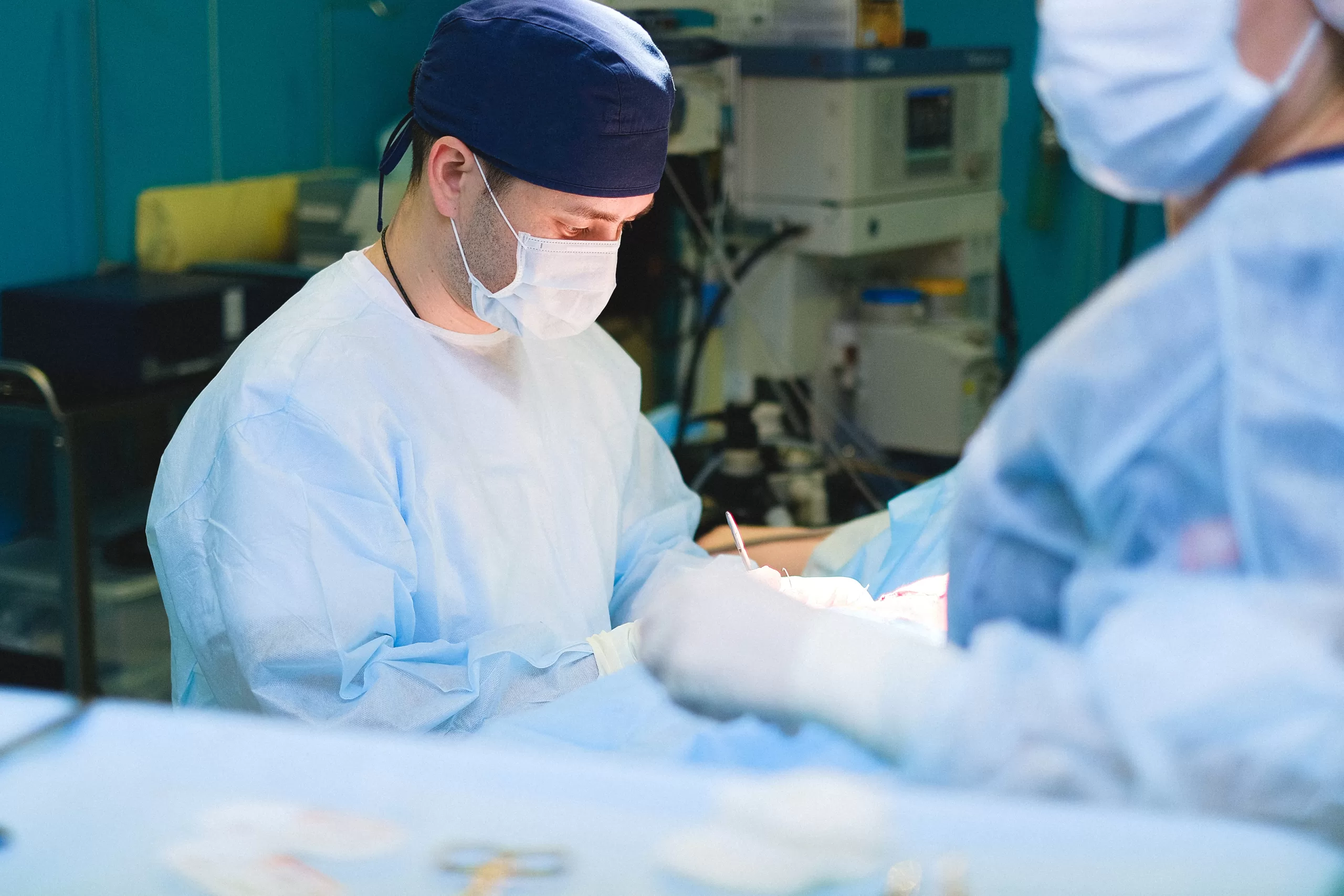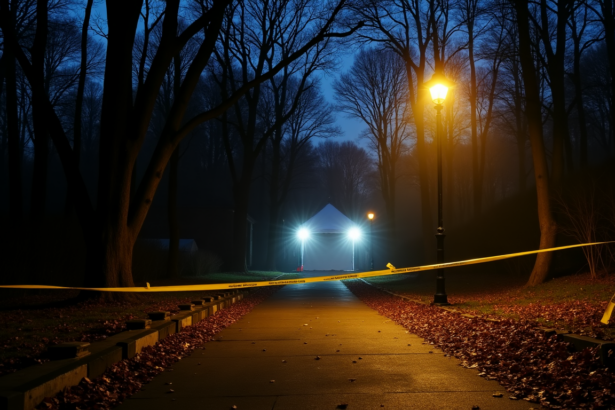Transient Evidence refers to physical evidence that, by its very nature, is temporary, easily changed, or lost if not promptly observed, documented, and collected. Its existence is often short-lived, and its value can be diminished or entirely negated by environmental conditions, human activity, or the simple passage of time.
Quick Recap: What to Know About Transient Evidence
- Definition: Temporary evidence that can easily be lost or altered.
- Crucial Action: Requires immediate identification, documentation, and collection.
- Significance: Can provide vital clues about timing, links to the scene, and event reconstruction.
In the world of forensic science, evidence comes in many forms. Some types of evidence are robust, capable of enduring for years if properly preserved. Others, however, are far more delicate, existing only for a fleeting moment before they vanish or are irreversibly altered. Understanding the nature, importance, and the race against time to capture transient evidence is crucial for any forensic investigation.
Key Characteristics of Transient Evidence:
- Fragility: It is easily destroyed, altered, or contaminated.
- Time-Sensitivity: Its lifespan is limited; it can degrade or disappear quickly.
- Conditional Nature: Its state can depend highly on the surrounding environment (e.g., temperature, weather, light).
- Requires Immediate Attention: Investigators must prioritize its identification and documentation upon arriving at a scene.
Examples of Transient Evidence:
Transient evidence can encompass a wide array of materials and conditions. Here are some common examples:
- Odors:
- Examples: The smell of perfume or cologne, gasoline, cleaning fluids, gunpowder residue, cigarette or cigar smoke, decaying organic matter, or specific chemicals.
- Why it’s transient: Odors dissipate into the air, can be masked by other scents, or become undetectable as their source molecules disperse.
- Temperatures:
- Examples: The temperature of a room, a deceased body (to estimate time of death via algor mortis), a recently driven car engine, a cup of coffee, or a bathwater.
- Why it’s transient: Temperatures naturally equilibrate with the surrounding environment over time.
- Imprints and Indentations:
- Examples: Footprints or tire tracks in soft or easily disturbed materials like snow, mud, dust, or even dew on grass. Tool marks on certain soft surfaces. (Consider internal link to “Impression Evidence” if available).
- Why it’s transient: These can be easily obliterated by weather (rain, wind, sun), foot traffic, or further disturbance of the surface.
- Certain Biological EvidenceBiological evidence - physical evidence such as bodily fluids that originated from a human, plant or animal. More:
- Examples: Bloodstains in the rain, semen or saliva that can quickly dry out or be absorbed, or even the moisture content of certain tissues.
- Why it’s transient: Exposure to elements like rain, sun, or extreme temperatures can rapidly degrade or wash away such evidence. DNADNA, or Deoxyribonucleic Acid, is the genetic material found in cells, composed of a double helix structure. It serves as the genetic blueprint for all living organisms. More within these samples can also degrade if not collected and preserved correctly. (Consider internal link to “Biological Evidence Collection” or “DNA Degradation” if available).
- Gases and Vapors:
- Examples: The presence of carbon monoxide, natural gas, or volatile chemical fumes.
- Why it’s transient: Gases and vapors disperse into the atmosphere, and their concentration can change rapidly depending on ventilation and other environmental factors.
- Markings on Skin:
- Examples: Petechial hemorrhages (tiny red spots that can indicate strangulation), ligature marks, or even some types of bruising can change appearance or fade relatively quickly.
- Why it’s transient: The body’s natural healing processes or decomposition can alter these markings.
- Dew or Frost:
- Examples: The presence or absence of dew or frost on surfaces (like a car windshield or grass) can indicate the time an object was placed or disturbed.
- Why it’s transient: These evaporate or melt as temperatures change.
Why is Transient Evidence So Important?
Despite its ephemeral nature, transient evidence can be incredibly valuable:
- Timing: It can help establish a timeline of events, such as when a crime occurred or when a person or object was last at a scene.
- Linking Suspects/Victims to the Scene: Odors or specific imprints can provide crucial links.
- Indicating Activity: The presence of certain transient evidence (e.g., a warm car engine) can indicate recent activity.
- Reconstructing Events: It can provide clues about what happened, the sequence of events, or even the modus operandi of a perpetrator.
- Corroboration: It can support or refute witness statements or other evidence.
Challenges in Dealing with Transient Evidence:
The primary challenge is its limited window of opportunity. Investigators must:
- Act Quickly: Delay can mean the complete loss of this evidence.
- Be Perceptive: Recognizing potential transient evidence requires training and keen observation.
- Document Thoroughly: Since it may not be possible to physically collect all transient evidence in its original state (like an odor), meticulous documentation through notes, photographs, videos, and sketches is paramount. (Consider internal link to a post about “Forensic Documentation” or “Crime Scene Photography” if available).
- Minimize ContaminationContamination - The unwanted transfer of material from another source to a piece of physical evidence. The inadvertent touching of a weapon, thereby adding fingerprints to it is an example of evidence contamination. More/Alteration: The act of observing or documenting can sometimes alter fragile evidence if not done carefully.
Proper Procedures for Handling Transient Evidence:
Given its delicate nature, specific protocols are essential:
- Prioritization: Upon securing the scene, one of the first priorities is to identify and address any potential transient evidence.
- Observation: Conduct a careful and systematic visual scan of the scene, specifically looking for items or conditions that might be temporary.
- Documentation: This is the most critical step.
- Notes: Detailed written descriptions of the evidence, its location, condition, and any relevant environmental factors. Include the time of observation.
- Photography: Overall, mid-range, and close-up photographs. For imprints, use appropriate lighting (e.g., oblique lighting) and scales.
- Videography: A video walkthrough can capture the scene and the context of transient evidence.
- Sketches: Scene sketches should accurately depict the location and relationship of transient evidence to other items.
- Collection (if possible and appropriate):
- Some transient evidence, like imprints in dust, might be collected using specialized lifting techniques (e.g., electrostatic dust lifters).
- Air samples might be taken to capture volatile compounds.
- If it’s a temperature reading, the reading itself is the collected data, along with the time and ambient conditions.
- Preservation: If collected, ensure it is packaged and stored in a way that minimizes further change or degradation. (Consider internal link to “Evidence Packaging and Preservation” if available).
The Lasting Impact of Fleeting Clues
Transient evidence underscores the dynamic nature of crime scenes. While it may not last long, its timely and skillful recognition, documentation, and collection can provide pivotal information that might otherwise be lost forever. For forensic professionals, the ability to “read” these fleeting signs is a testament to their expertise and a critical component in the pursuit of justice. Without careful attention to the transient, crucial pieces of the investigative puzzle can vanish into thin air.



